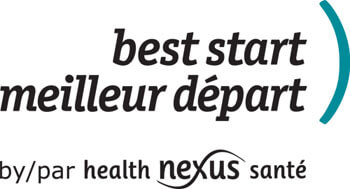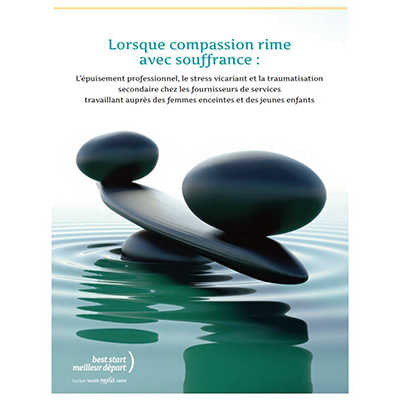Description
In prenatal and early childhood services, there is a close connection between the service provider and the person being served. This relationship exposes workers to the distress and pain experienced by mothers, fathers, infants and young children, yet is strengthened through empathy and a desire to alleviate pain and suffering. As a result, the question is not whether stress will appear as a result of this exposure, but to what extent.
As much as we need to understand burnout, vicarious trauma and secondary trauma and how they can be prevented, we also need to know how to identify and respond to them when they do occur. Managers and organizations have a critical role in preventing burnout, vicarious trauma and secondary trauma by focusing on building trauma resiliency and by developing appropriate policies and procedures. Although it may not be possible to eliminate the distress associated with our work, it may be reduced and healing can take place.
This manual for service providers explores burnout, vicarious trauma and secondary trauma. Topics include: definitions, the biology of stress and trauma, signs and symptoms, risk factors, protective factors, resilience and self-care, reflective practice and taking action.
Also available in English.

